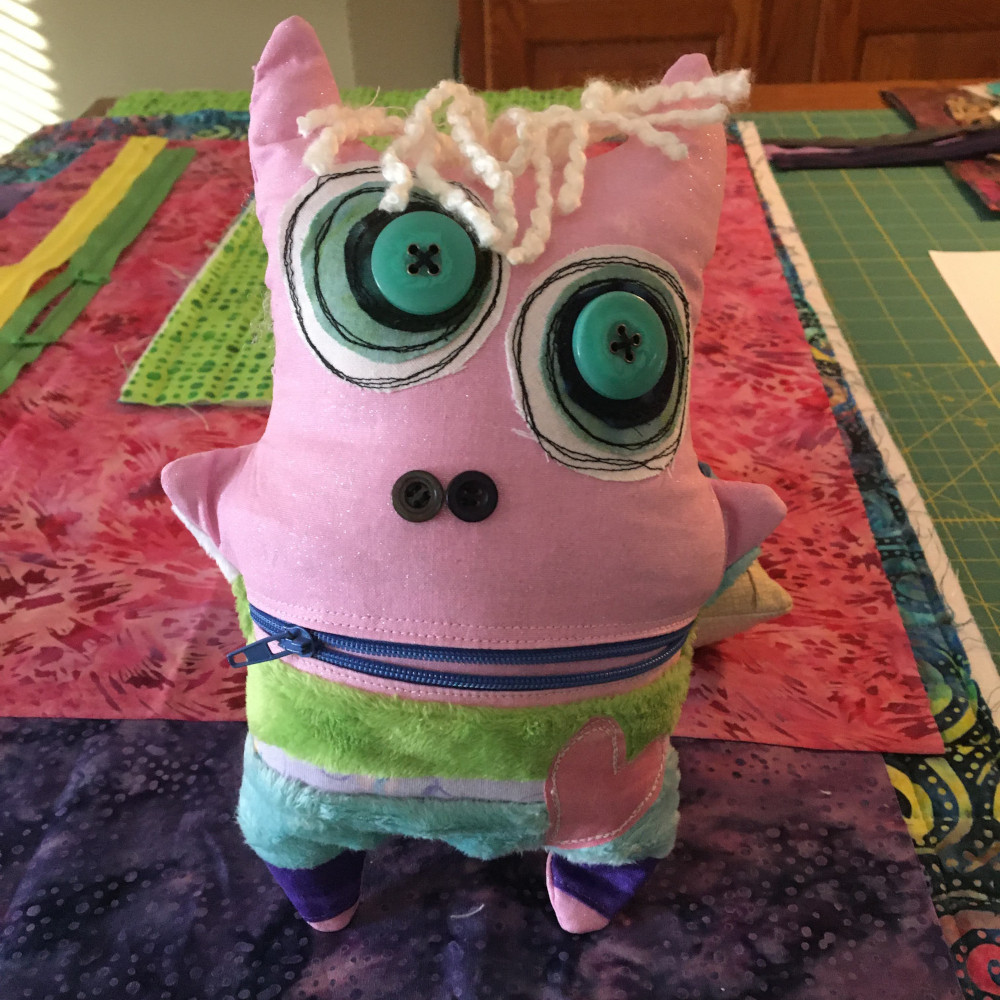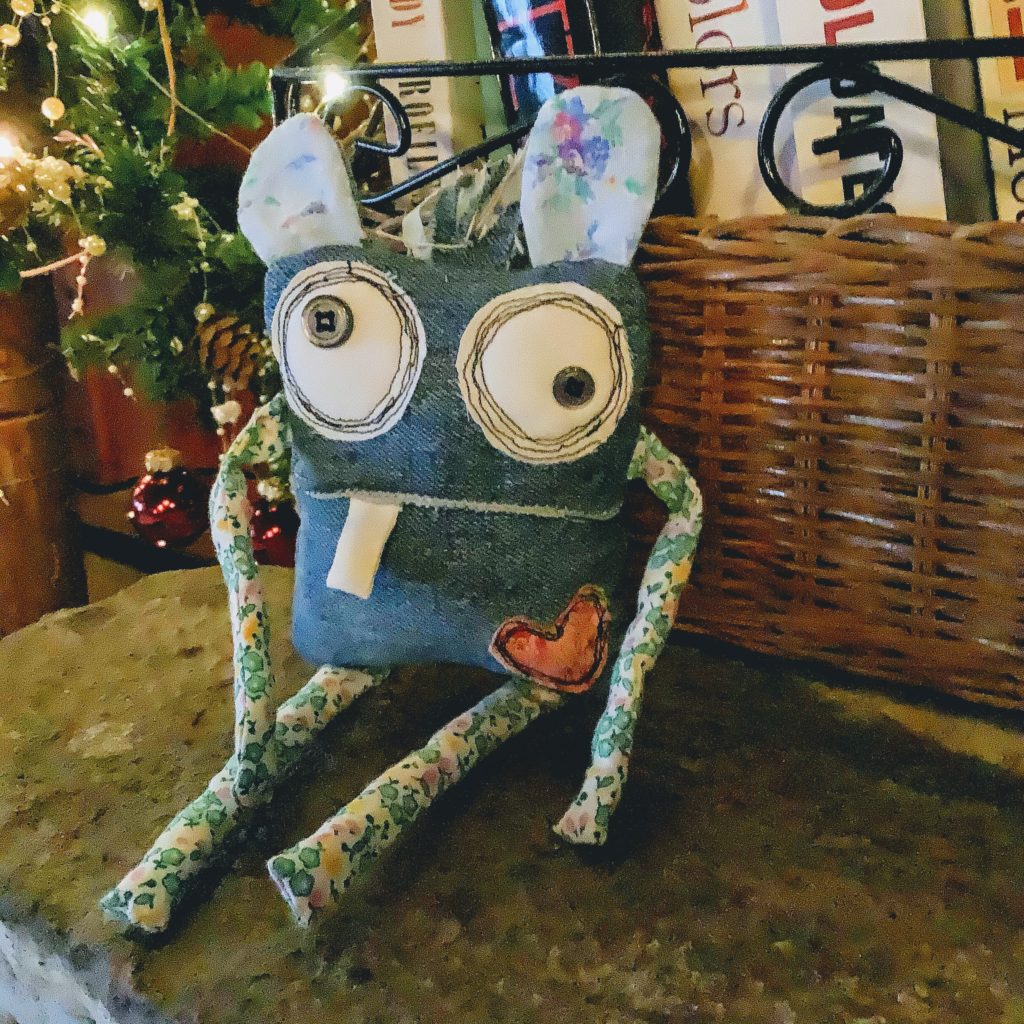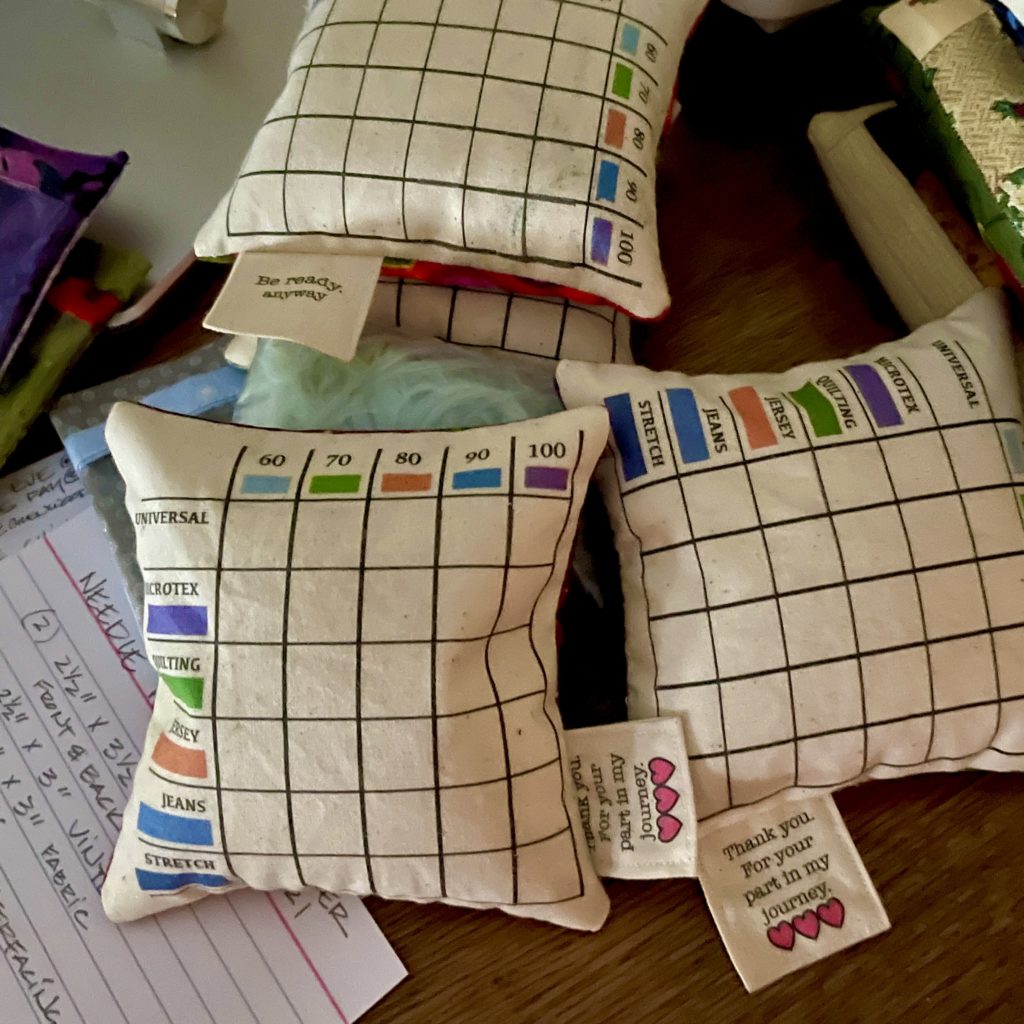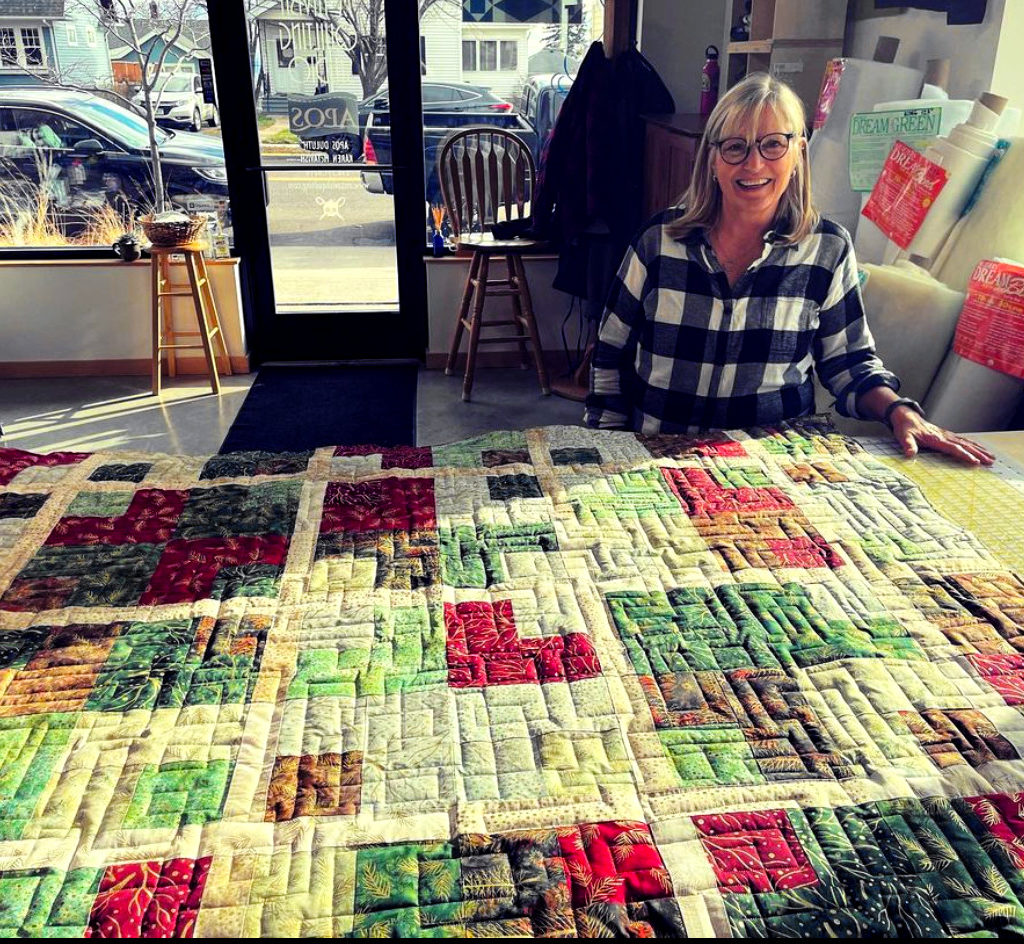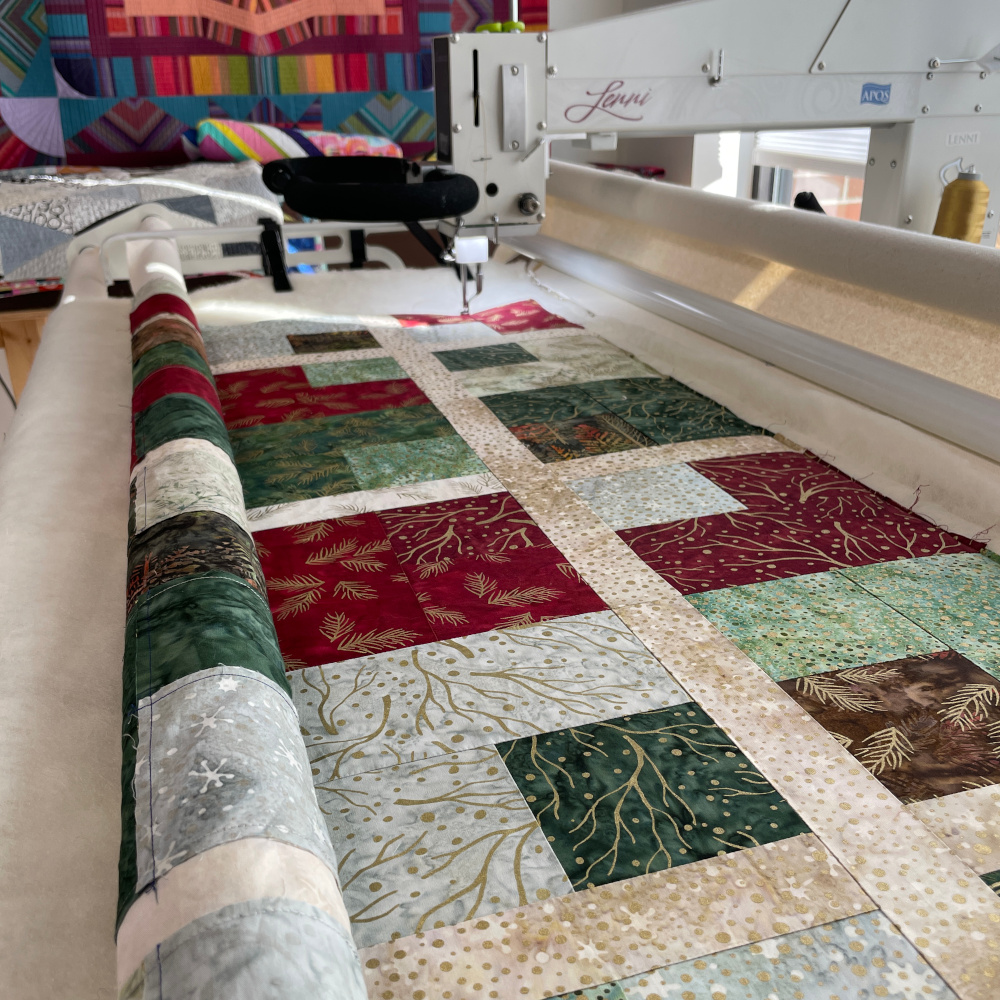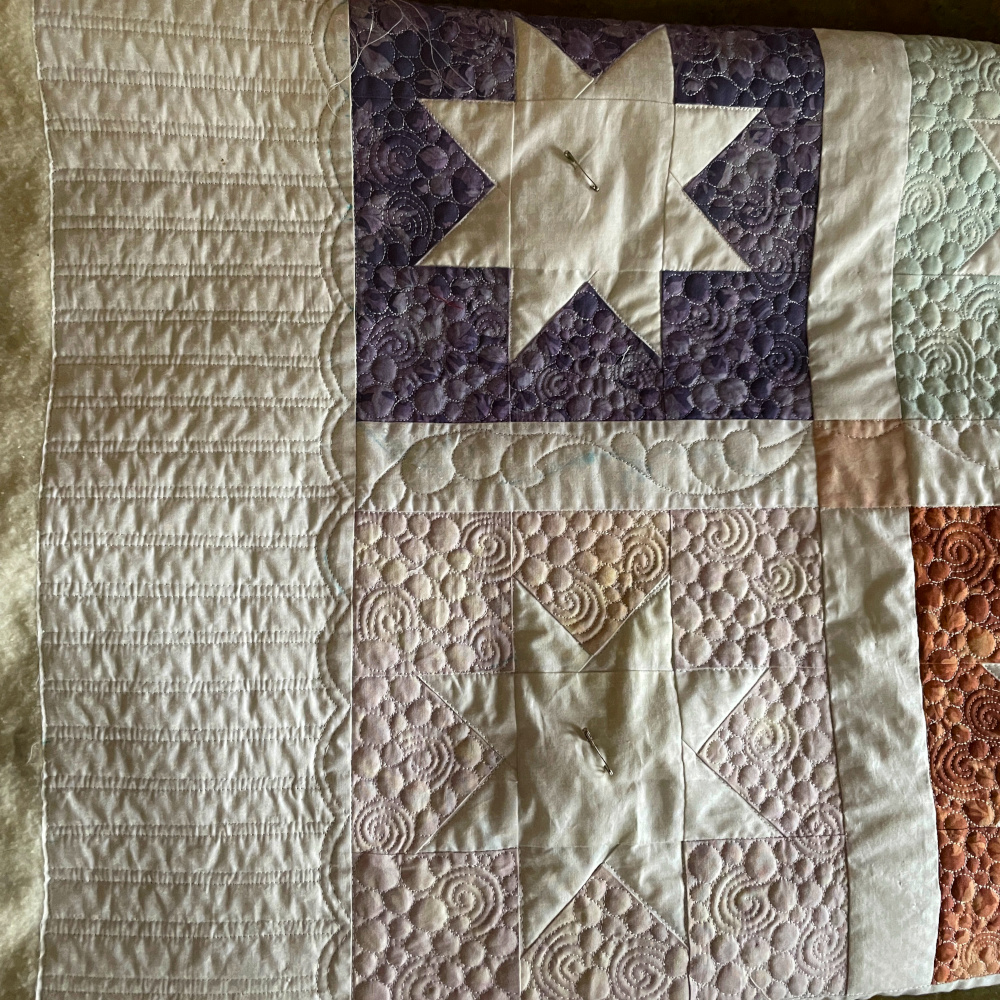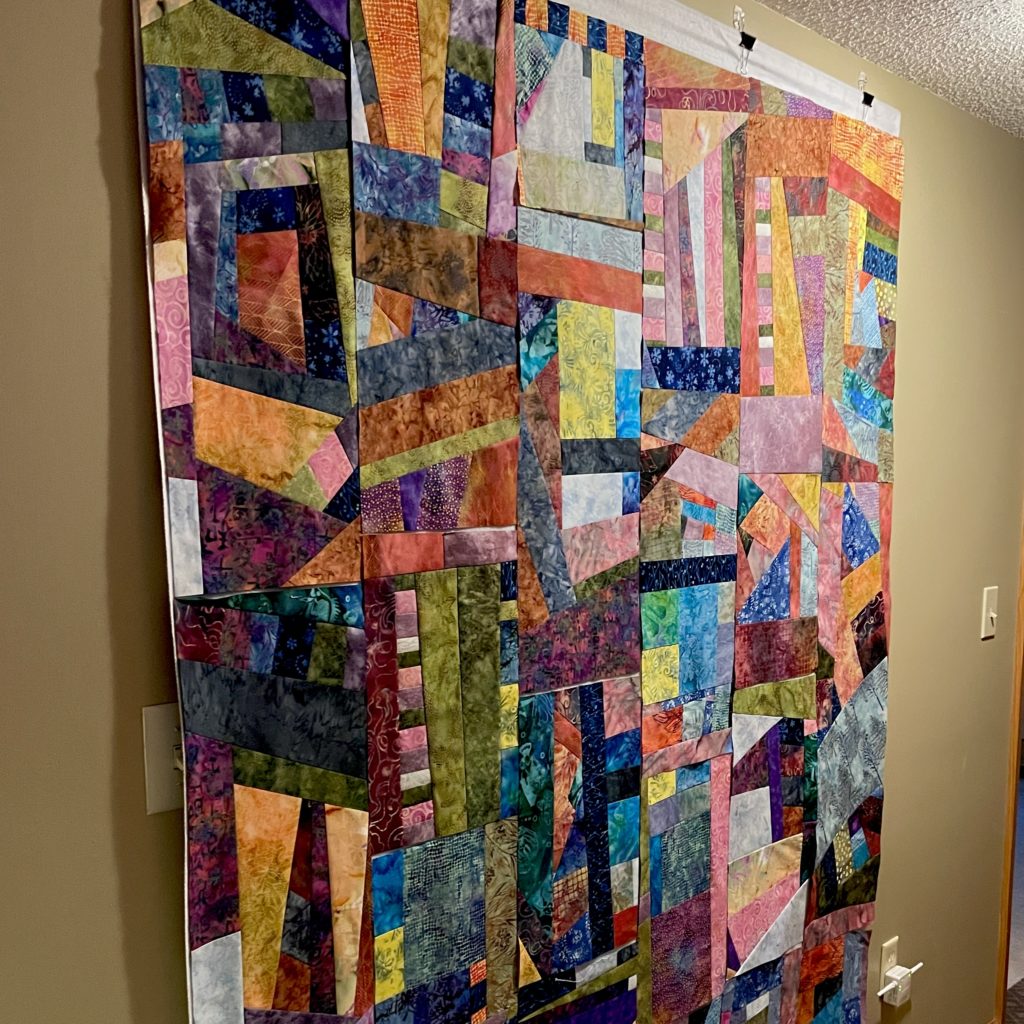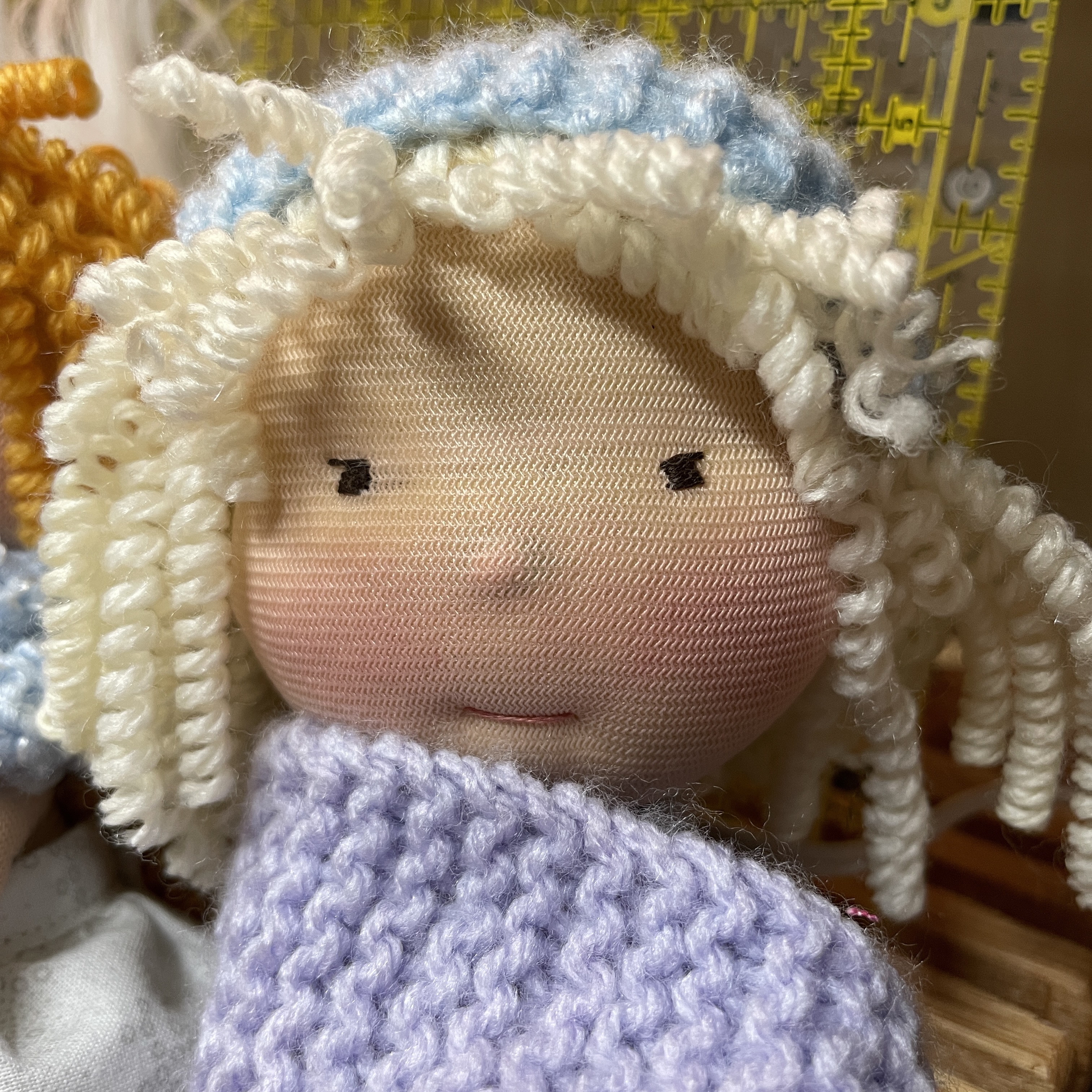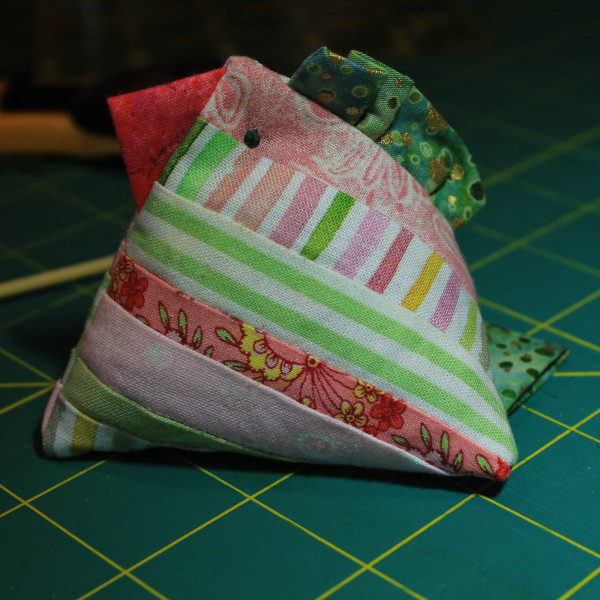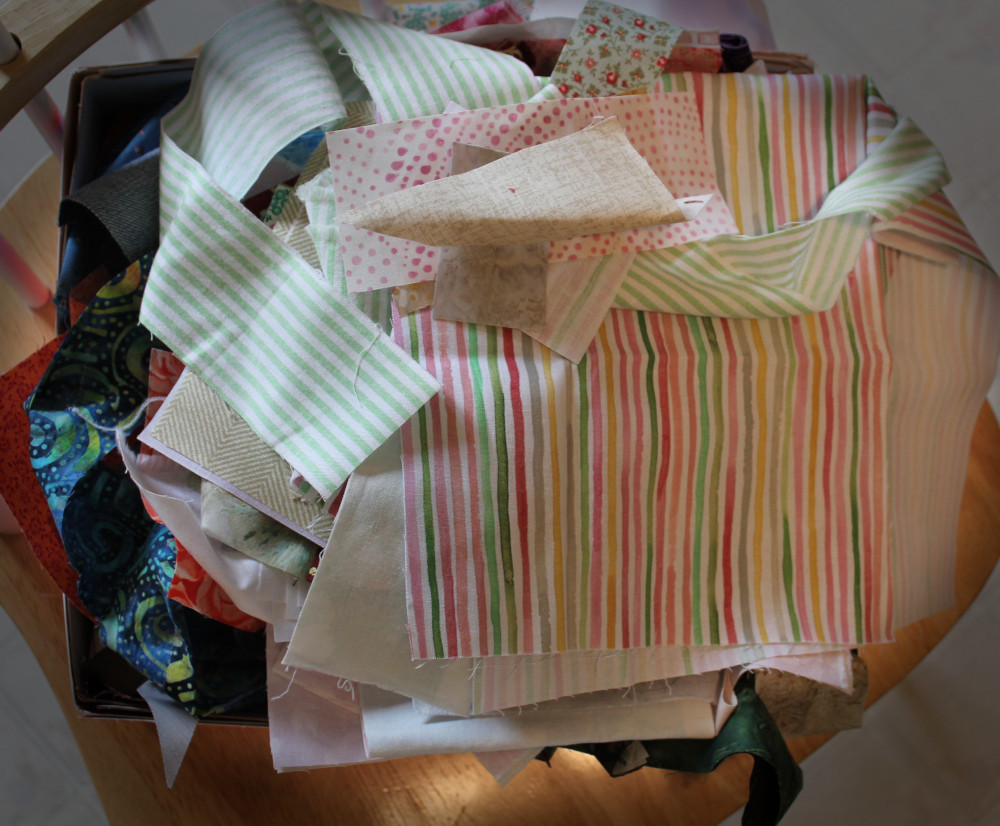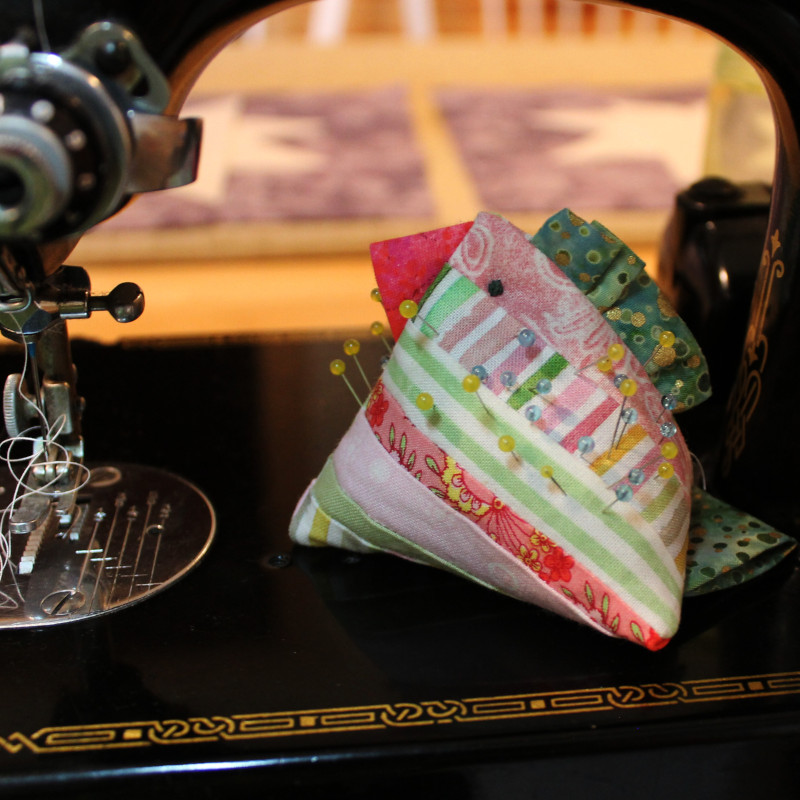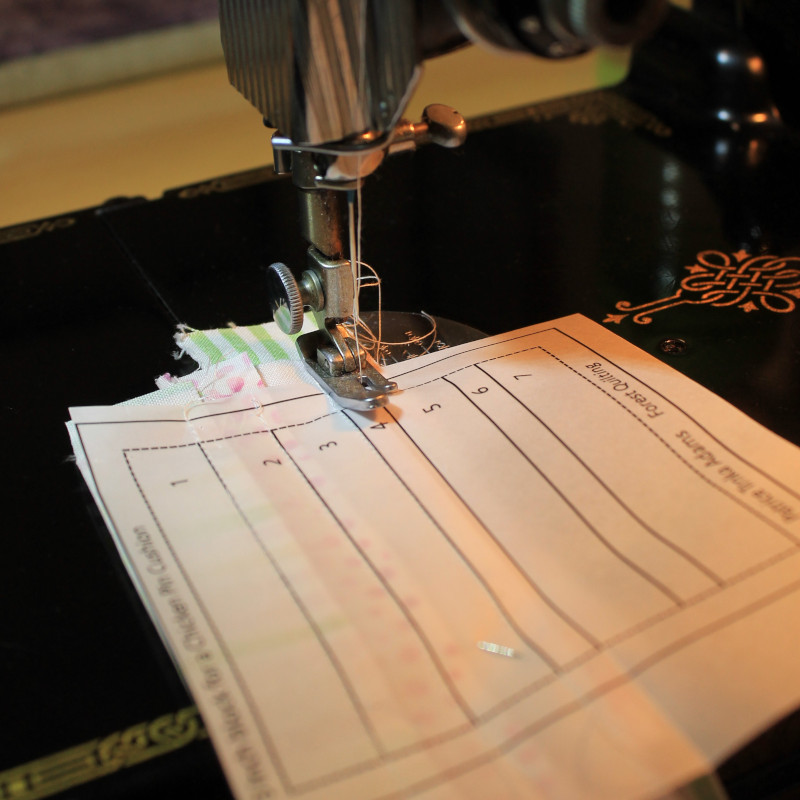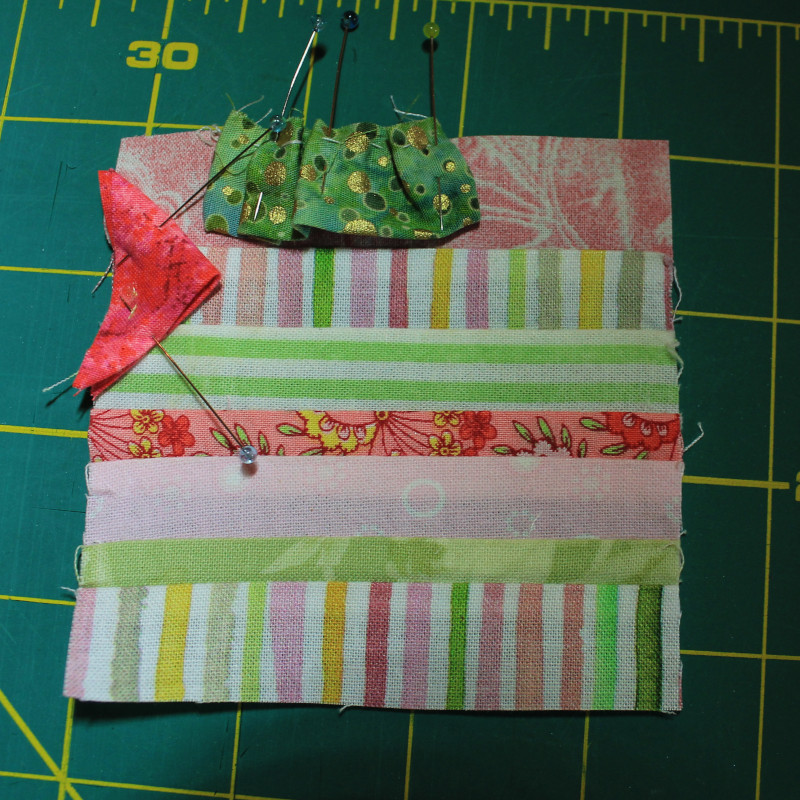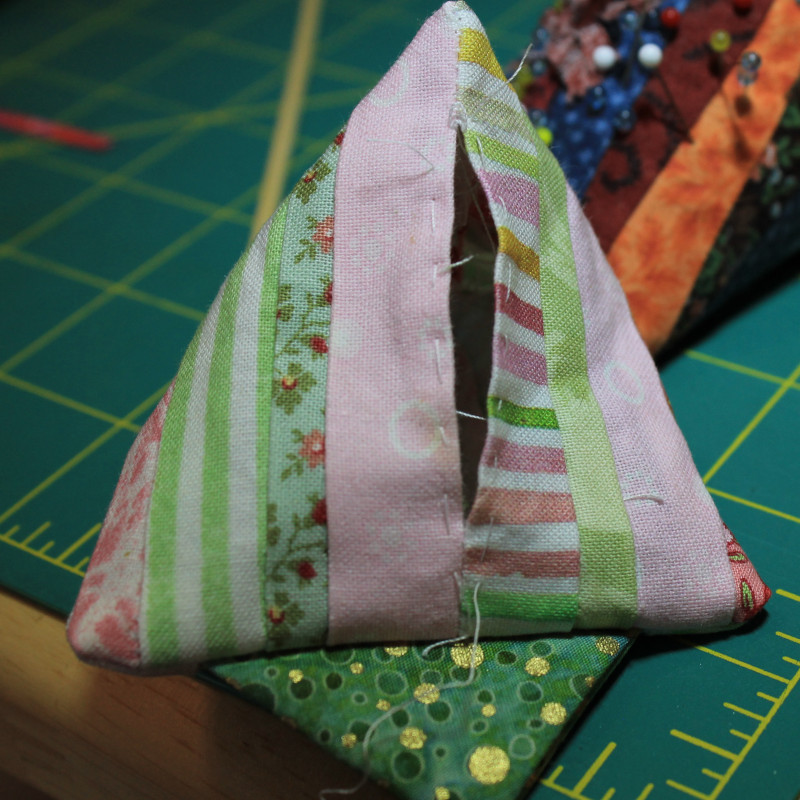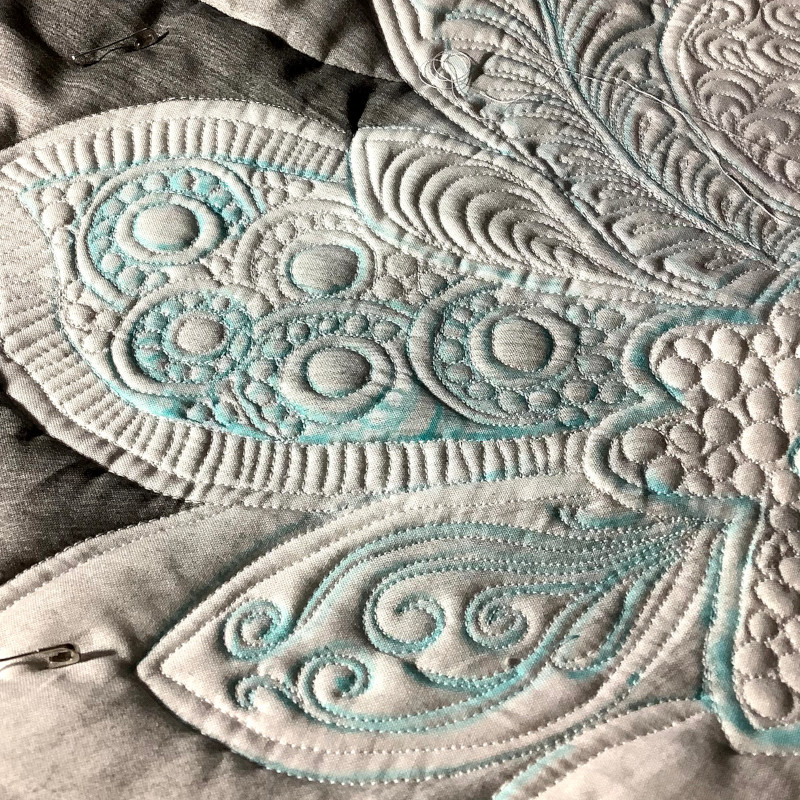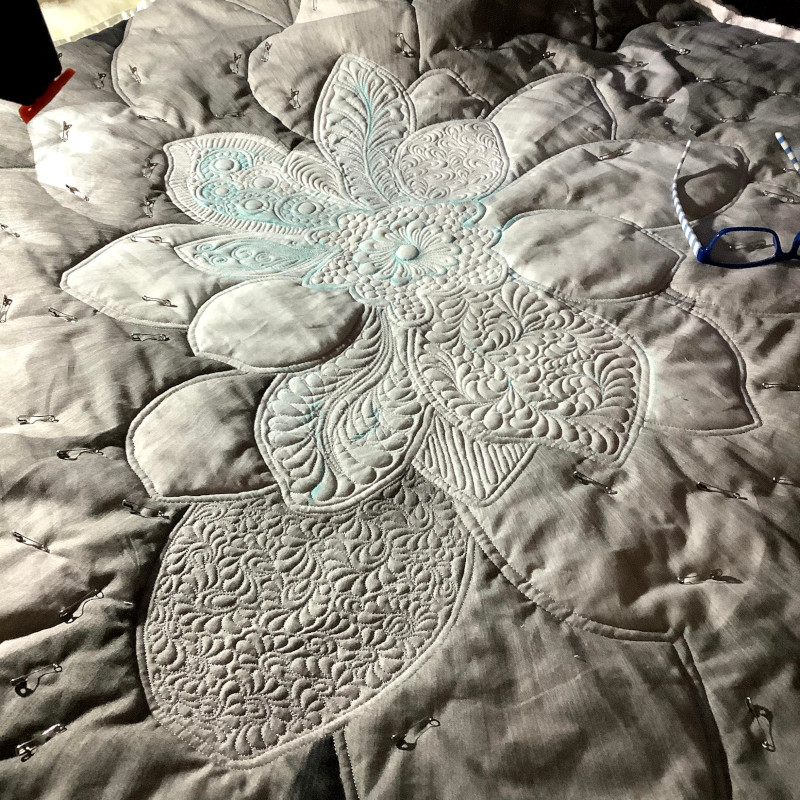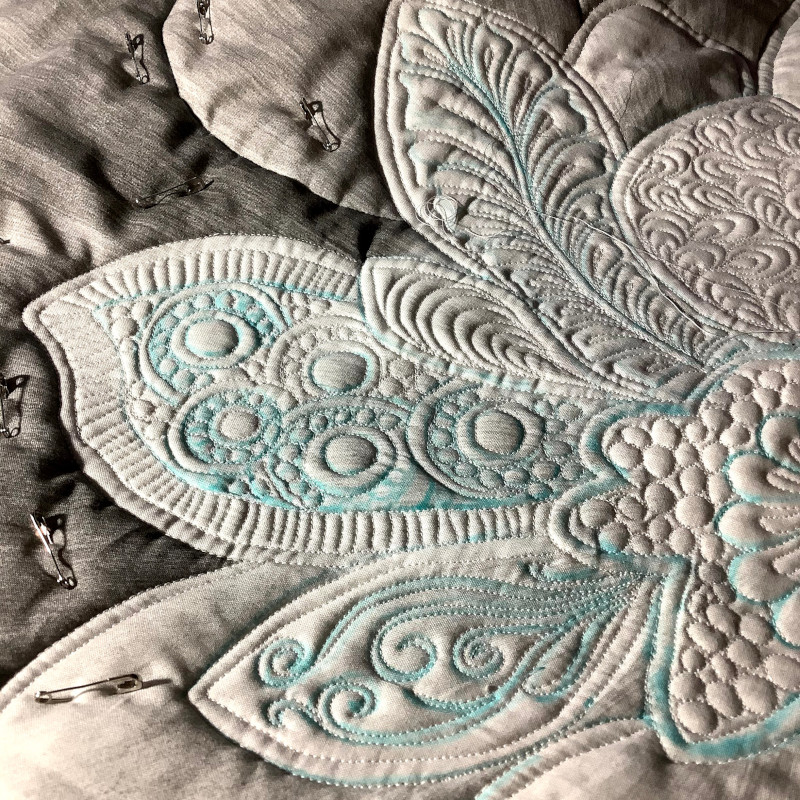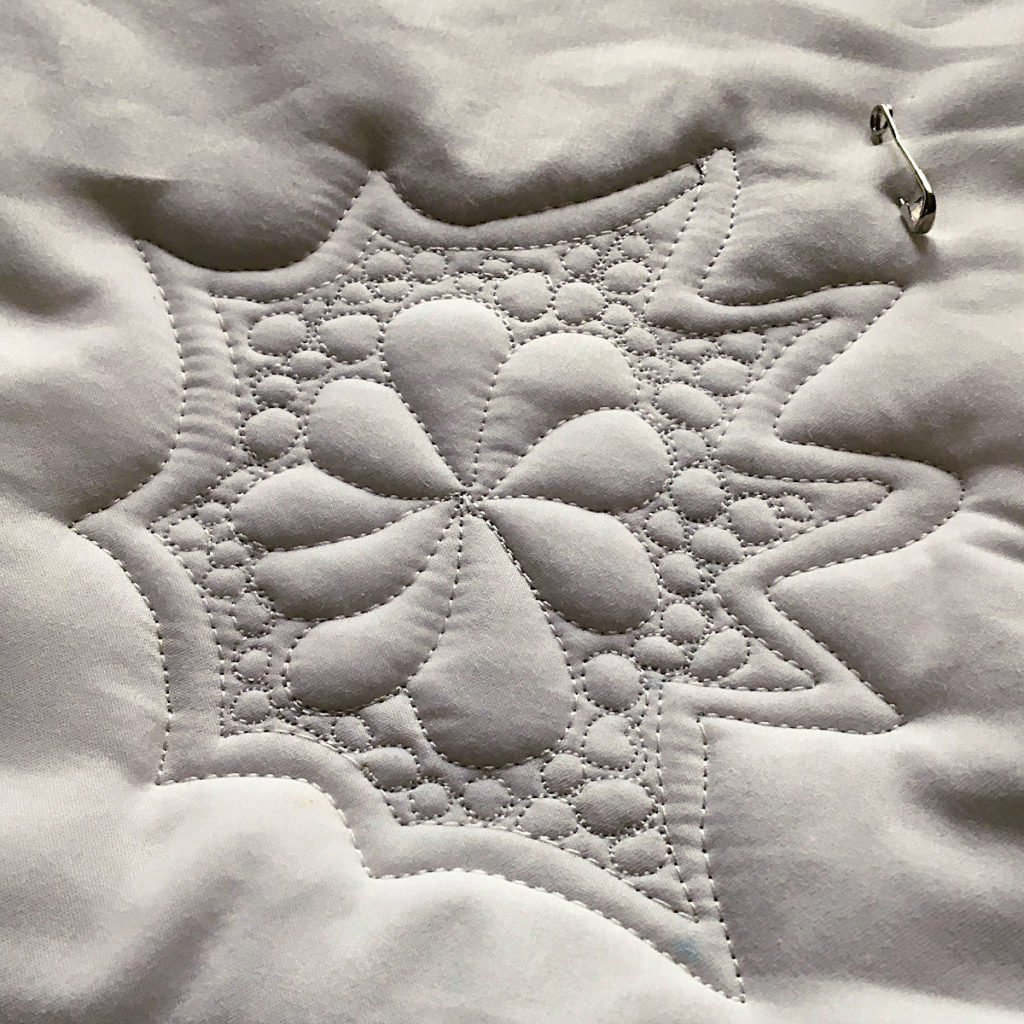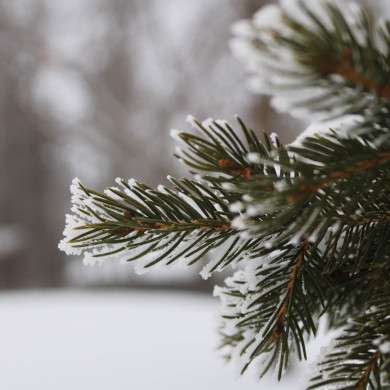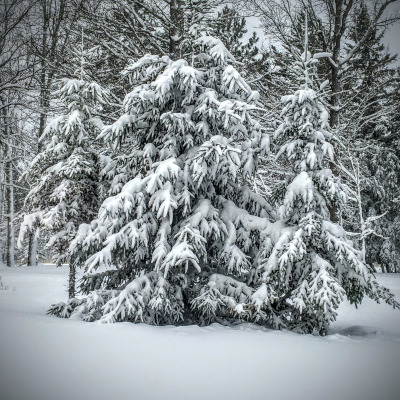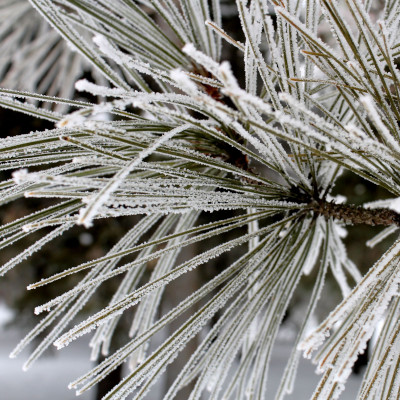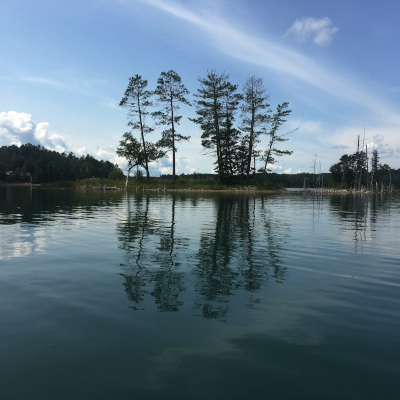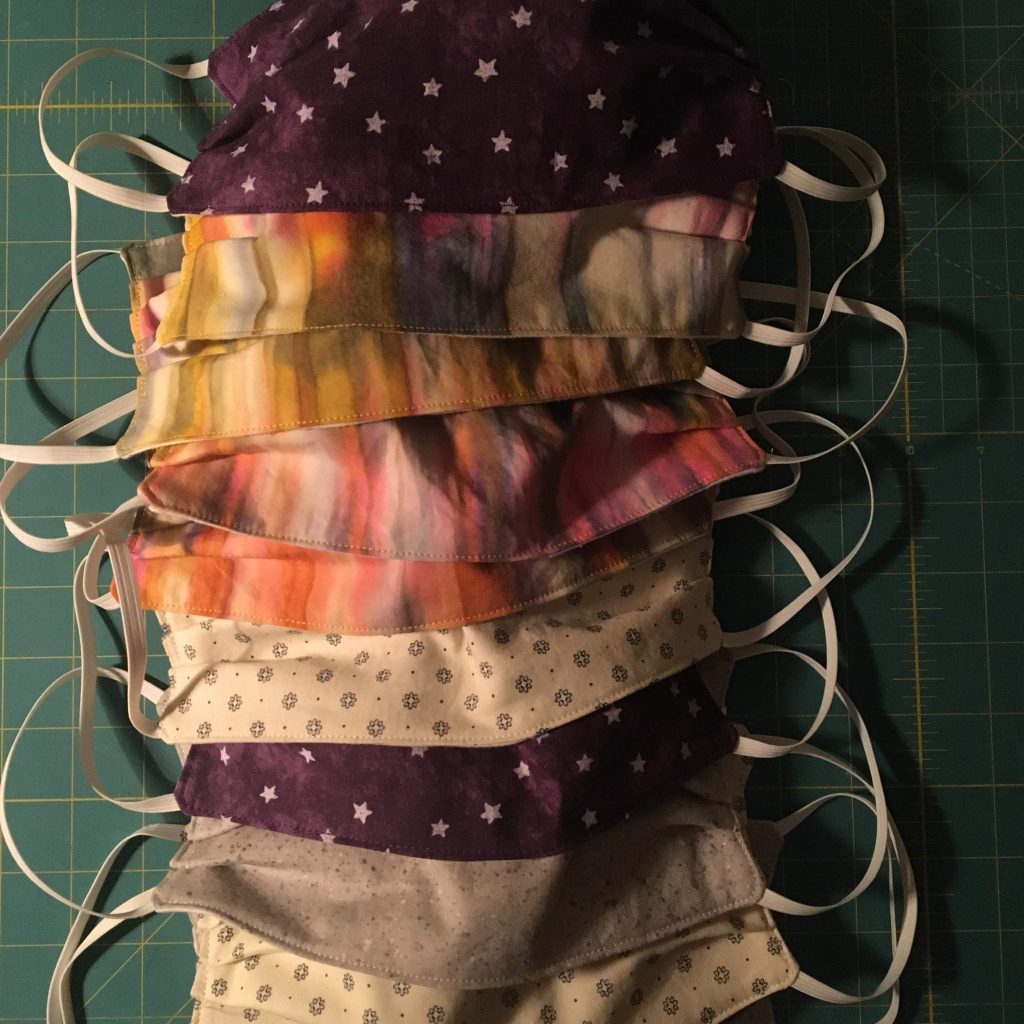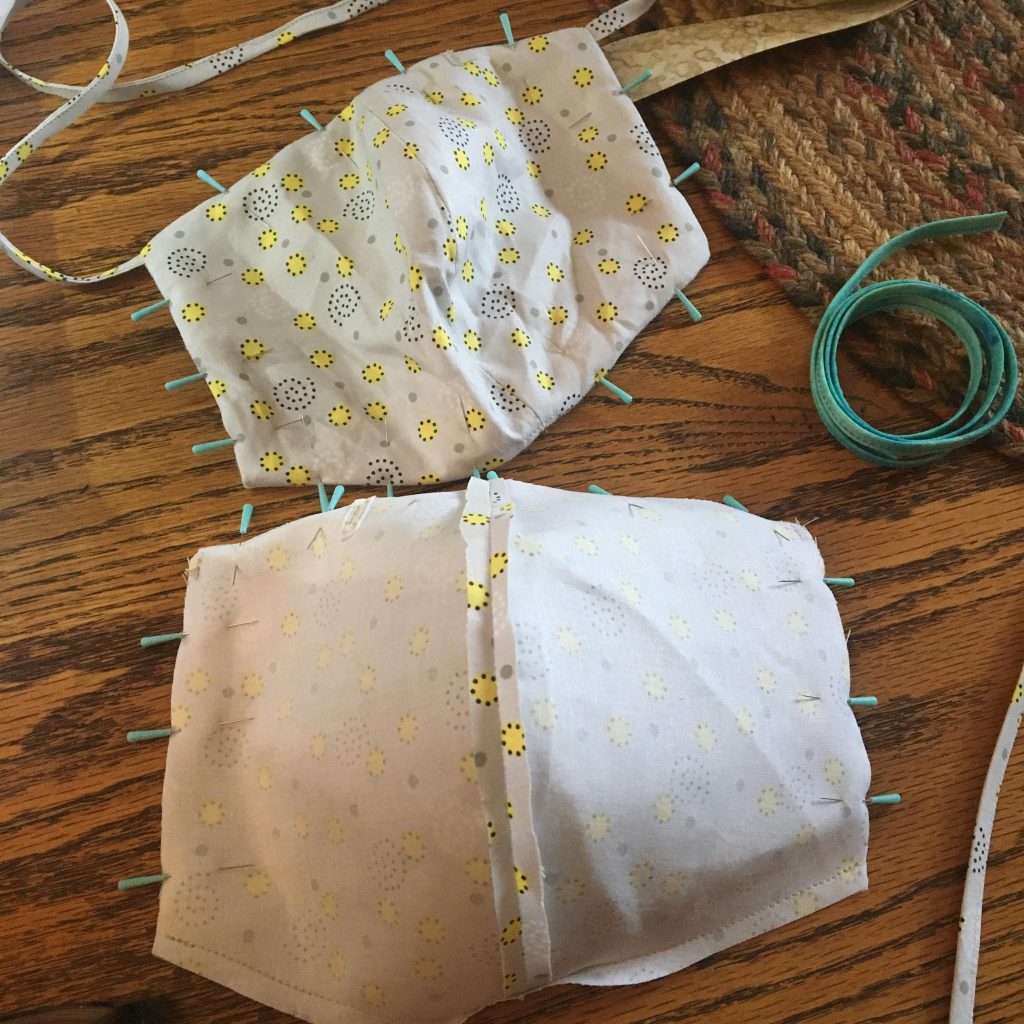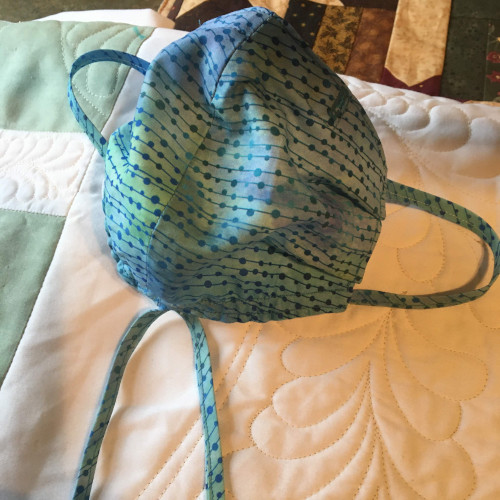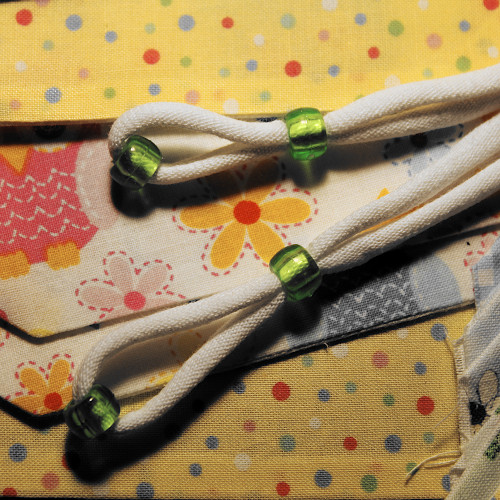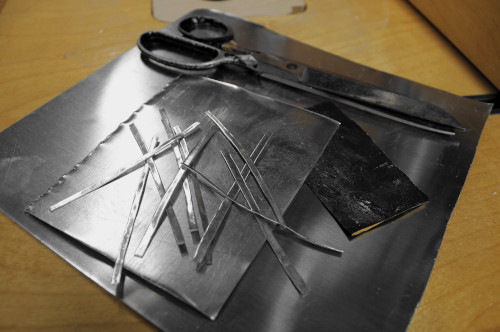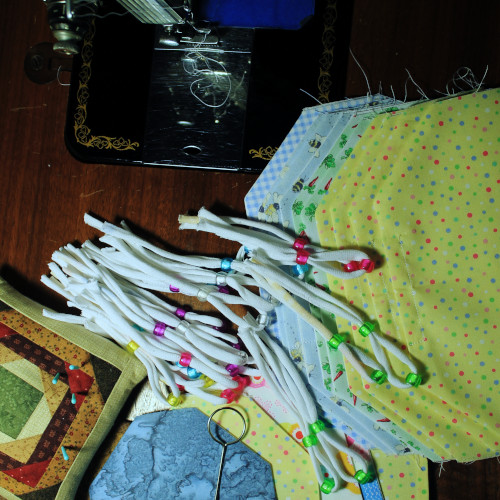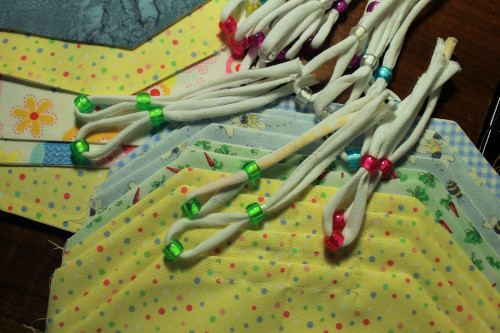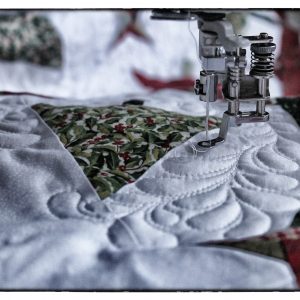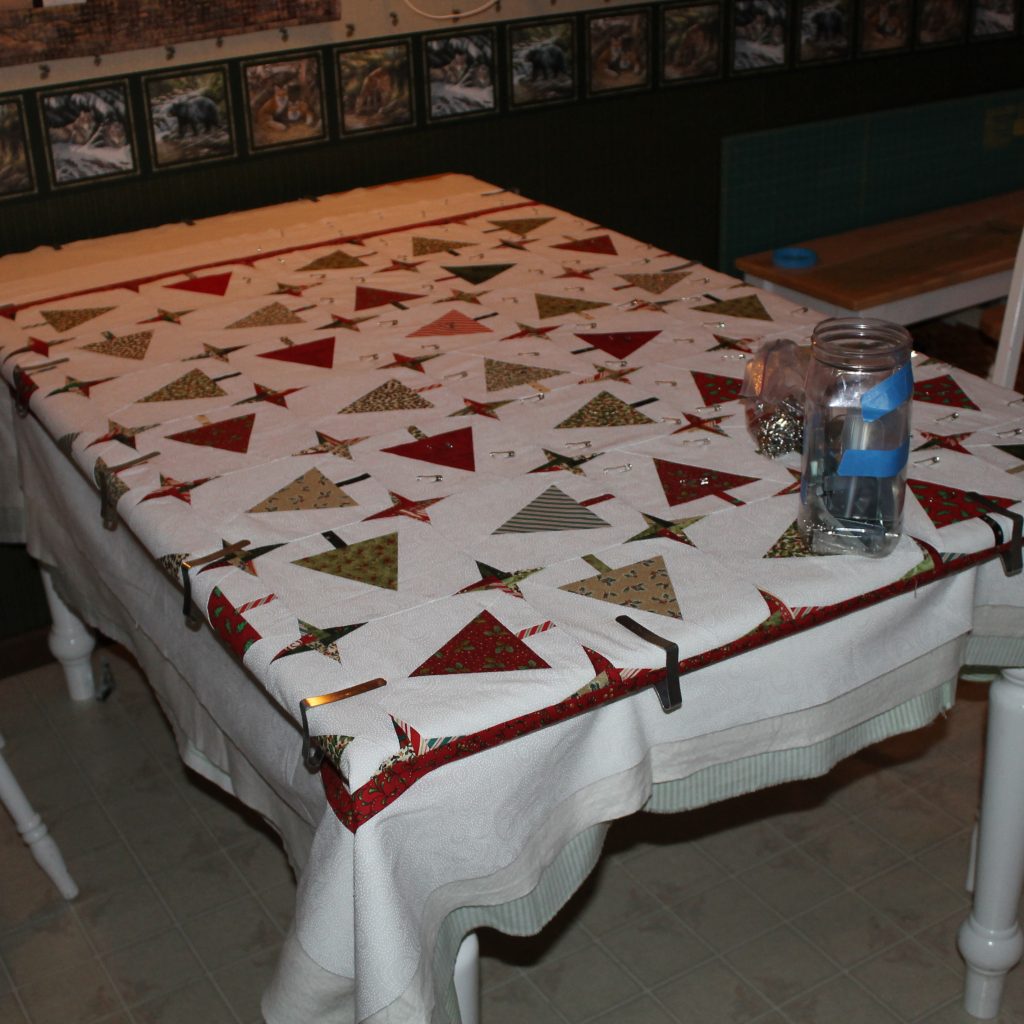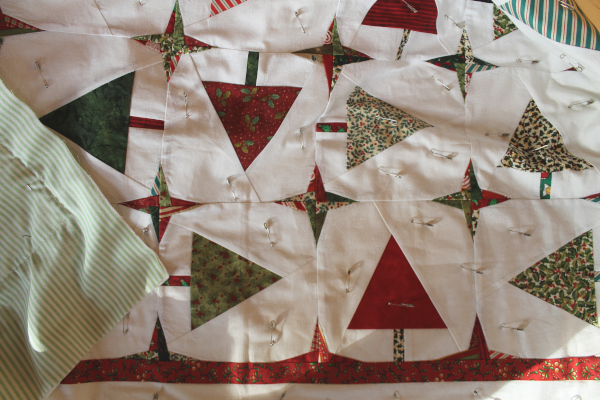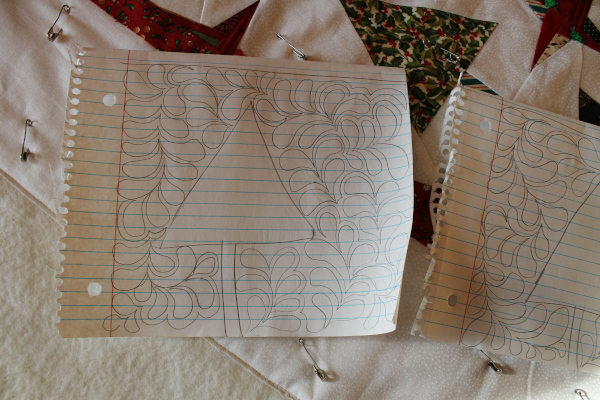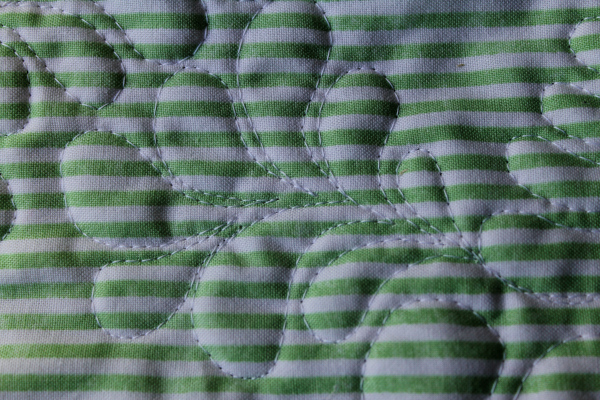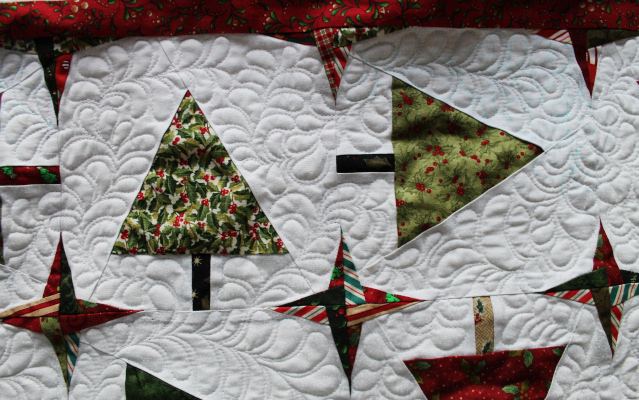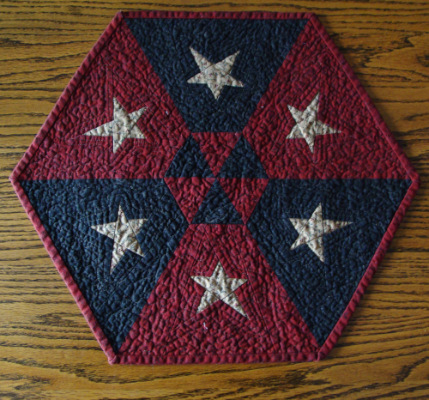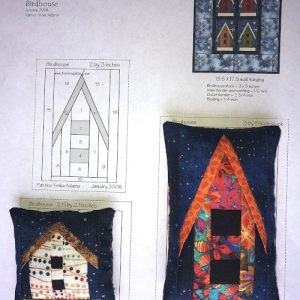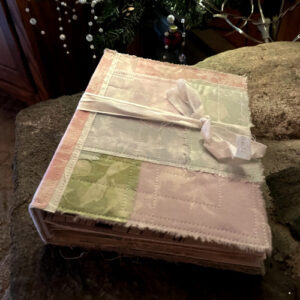
In the past couple of years I have been searching for a creative way to journal or record all kinds of things I am exploring, learning, or processing.
I took an art journalling Community Education Class and read about smash journals. I read a book on ‘dot’ journalling. But then….
I discovered JUNK JOURNALS! I am still not sure when this started or how. There is a huge international community of makers who create beautiful junk journals. Youtube videos are abundant. There are robust Facebook groups to join and Instagram postings. Esty sells the journals and all the items you can think of to enhance your journal making.
I have made over a dozen journals using a variety of materials. They are various sizes and themes. They all have space for writing and adding items that make the journal personal to the owner. There are pockets, tucks, belly-bands, and fold out pages to explore. They grow chubby after adding tags and ephemera. I often include small photos and memorabilia from events or trips.
I can tell you I have picked up all kinds of old books, dictionaries, maps, atlas and children’s books to use for the page. More than I need!! I’ve thrifted unused notebooks, journals, and ledger tablets. I’ve dyed paper with coffee, tea, and avocado. I have purchased an old manual typewriter to add vintage text to my journals. I’ve expanded my stamps and inks and stencils. I’ve learned about signatures and various ways to secure them to the book spines. I save all cereal boxes, pizza boxes, and Amazon craft packing paper. I’ve made faux leather to cover some journals or create leather ‘strips’. I’ve used watercolor to decorate pages and tags. And I’ve added brad and grommets to my tags. I’ve got a quarterly order for glue from Amazon. Etsy is my friend. My Epson Ecotank printer allows me to print amazing themed and vintage tags and pages for my journals. Yup, I am all in.
The problem is I know have about a dozen journals that are in my craft area that I will not use. I have a few that I use…but I make more than I can possible use. I am pondering what to do with these journals.

